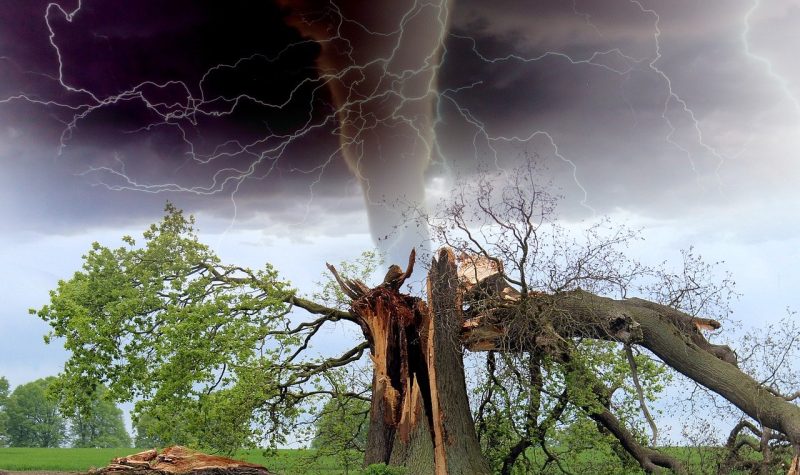An EF0 tornado was spotted last weekend in the Caledonia area, which sits on the boundary of Six Nations of the Grand River, and a local professor says the community should expect similar events in future.
Robert McLeman, Wilfrid Laurier University Geography and Environmental Sciences professor, says as the climate warms and summer months continue to produce hotter temperatures, the frequency of more extreme weather events will increase as well.
Although no damage was reported over the weekend event, McLeman says tornadoes of this scale can lead to localized damage and a chain reaction of debris damage in urban areas.
"The thing with these tornadoes especially at this end of the scale is that there's a lot of localized damage and tornadoes have a very small footprint in many cases," he said.
"So it may happen that for example houses on one side of a street where a tornado passes will be completely destroyed and others remain untouched," he continued.
"But what often happens for example when a tornado passes into an inhabited area is that it will destroy one house or one persons property and the debris from that house becomes a projectile that then gets dashed against neighboring houses, so you get a sort of chain reaction where the damage from one house becomes a hazard for neighboring ones."
McLeman says "tornado genesis" is still an emerging science and experts are still trying to determine why certain storms are able to produce tornadoes while others don't.
"We know when they occur, they tend to be associated with extreme or sever thunderstorms in the middle of summer. But one of the challenges is we don't really know why for example why one particular thunderstorm will have zero tornadoes and yet another one that may not even be as severe will have additional ones. There are certain sort of wind conditions and air current patterns that foster the creation of tornadoes but it really is still a bit of a mystery as to why certain storms will generate them and others won't."
He says that with rising temperatures and heat being trapped in the atmosphere the frequency of extreme wind events will increase.
"It's just basic physics, there's more energy in the atmosphere now, more heat being trapped in the atmosphere by human activity. And so these extreme storms that give rise to tornadoes and other sorts of strong wind events, they're fueled by higher temperatures," he said.
"It's just sort of a natural process," he added. "If there's going to be more heat, there's going to be more extreme weather."
The university professor says people must be more prepared for these weather events happening more frequently in the southern Ontario area.
"We need to be better prepared quite frankly, we need to be prepared for the fact that the power may go out more frequently. Environment Canada and Public Safety Canada warns that people should be prepared if there is a natural disaster they should be able to survive on their own for 72 hours."
He says people should make sure they have access to fresh water and emergency food. In the case of a tornado, people should stay away from windows and get to a safe and secure part of their home where flying debris cannot get to them.
For the full CJKS story listen below:


